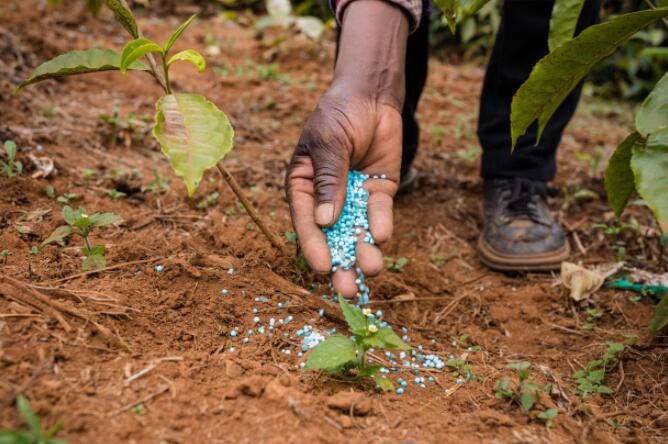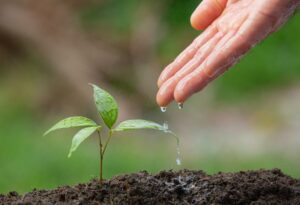How to Improving Plant Health?
In this article we will cover four different topics that will help improve your plant’s health during Flowering. Of course, these tips will vary based on your plants, your growing situation, and your goals but they should help you decide how to make better choices during Flowering. We will cover: When to stop Low Stress Training, rest and recover, pH levels, and flushing.

When to Stop Low Stress Training (LST)
LST is the practice of gently bending stems and tying them to supports so that your plants create more bud sites. It is always better to train your plants during Veg, but you can also train them during the early stages of Flower because they will be growing dramatically. After 2 weeks into Flower you can expect your plant stems to become more rigid so bending them is riskier. We recommend that you end your LST before Flowering begins but you can start training up until 2 weeks into flower.
Rest and Recovery
Training your plant – whether that means LST, High Stress Training (HST), topping, defoliating, or another type of training – can cause a lot of stress on your plant. Plants under that kind of stress need time to rest and recover. Recovery is key for your plants because it will help harden the fissures, strengthen stems, and allow for new flower and leaf growth. Give your plants a couple of weeks to recover from harsh training before you prune or defoliate further. This is why it is important to start training early so you have enough time to do all the maintenance you need to do. Try to have your plant healthy and fully recovered by the time you enter flowering although you do have a little wiggle room for about the first two weeks of Flower.
pH Levels
When growing in soil you need to keep an eye on pH levels. Levels should be between 6 and 7. pH levels outside of this range are likely to either inhibit nutrient uptake or indicate that there is a problem with nutrients. Most nutrients you’ll use during Flowering are already within this range but using too many nutrients can upset this balance meaning your plants may start to struggle. Measure pH with both a pH meter and a Total Dissolved Solids (TDS) meter – do so by measuring the runoff when you water your plant.

Flushing
Flushing should be done on two occasions during flower. The first is in response to nutrient problems like nutrient lockout or excess nutrients. In this case you’ll want to flush your soil until your TDS meter shows the same TDS reading as the water you’re using to flush the plant. The other situation you’ll want to flush is about a week to two weeks before you harvest. You’ll want to flush out all nutrients so your plants stop producing chlorophyll and concentrate on developing flowers. The process is the same: flush the soil until it runs clean.
We hope these tips help you during the Flowering stage! For more tips, check out our blog where we post in-depth articles about indoor growing.
Subscribe to VIVOSUN newsletter for growing tips, grower stories, special offers and get 12% off your first order!
And join our Facebook farmer’s community for even more exclusive contests and prizes!
Download VIVOSUN App and explore more!






